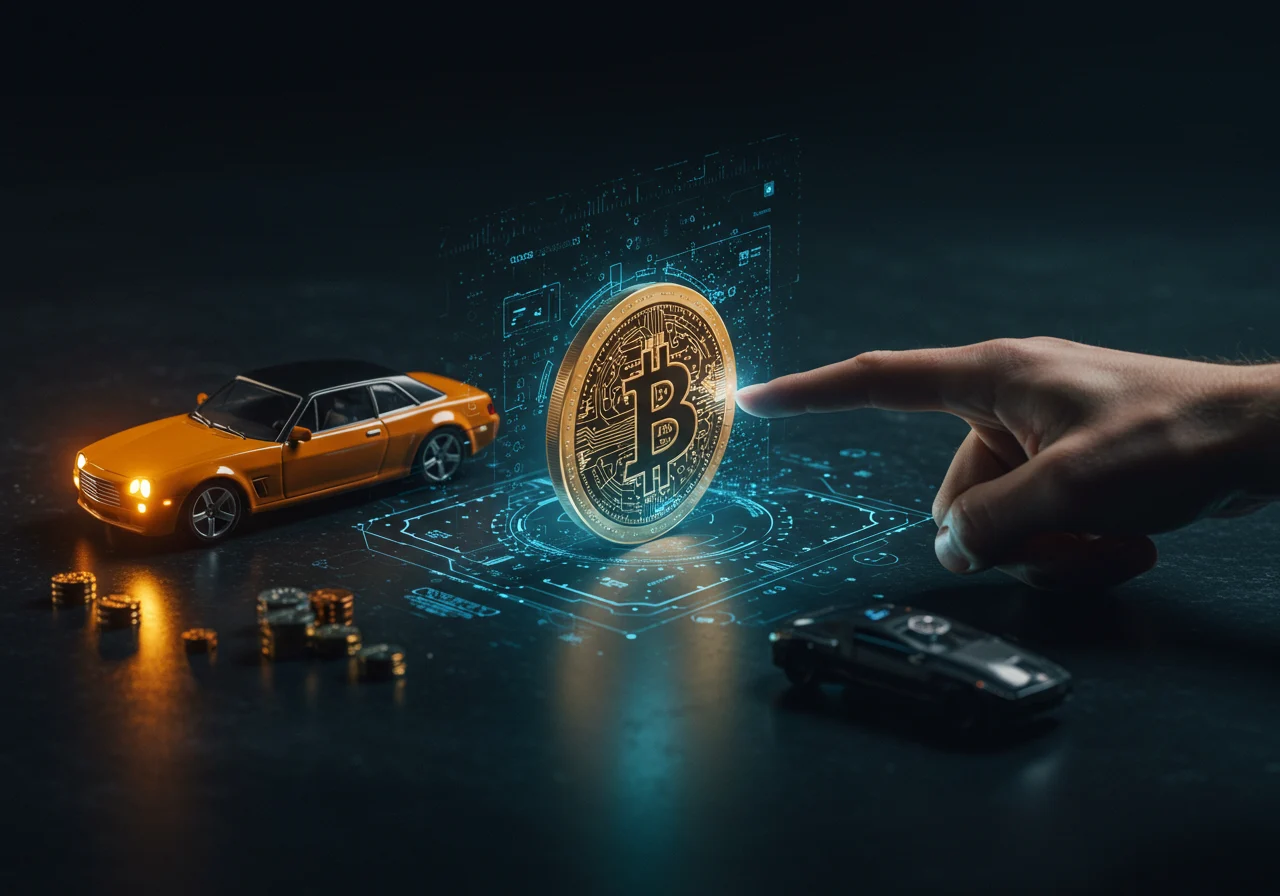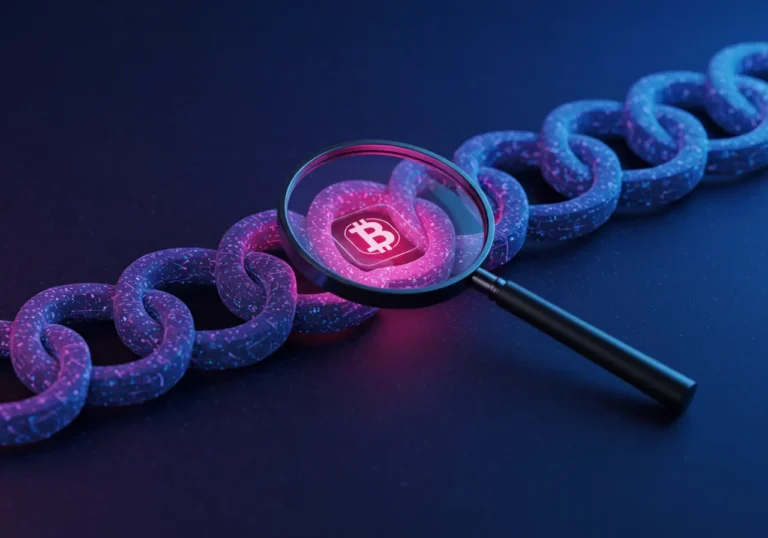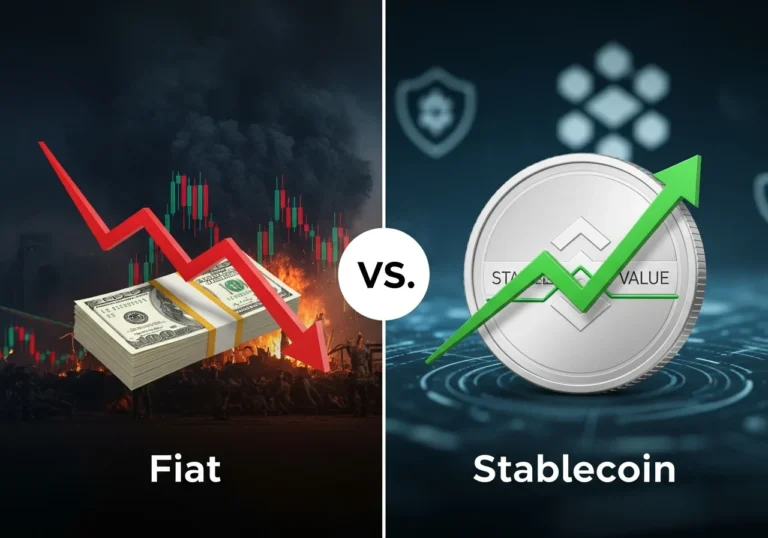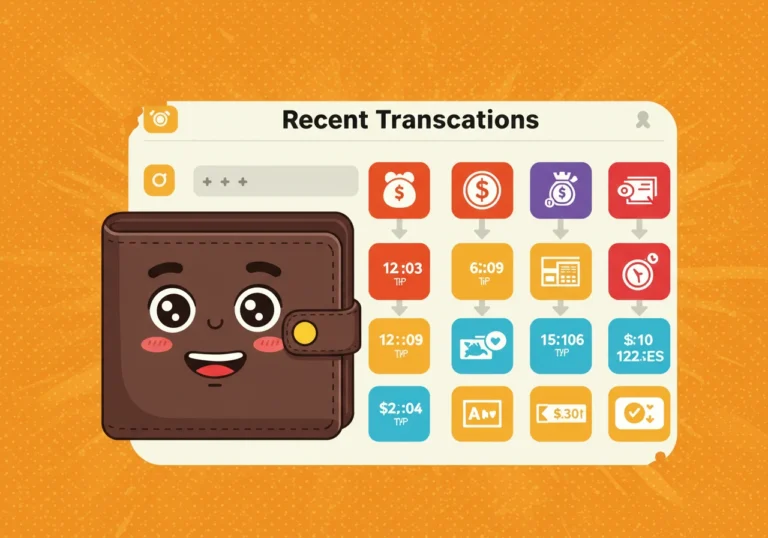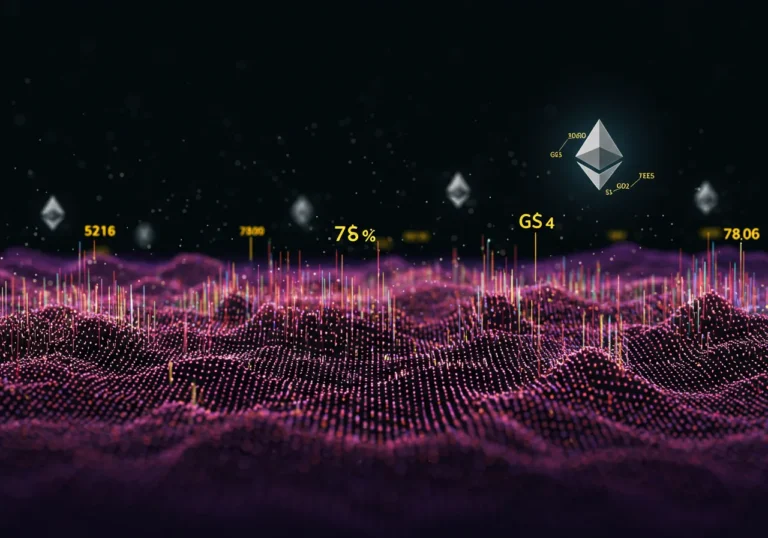Real World Assets (RWAs): How Tokenizing Bonds Changes DeFi Security
Table of Contents
Real World Assets are physical or legal items—like real estate, art, or bonds—represented on a blockchain as tokens. When we tokenize a bond, we turn that promise to pay into a digital token. That token can be traded, used as collateral, or connected to DeFi apps. Tokenization can open new doors, but it also brings fresh security questions. So let’s walk through what changes and how to keep things safe.
What tokenizing a bond actually means
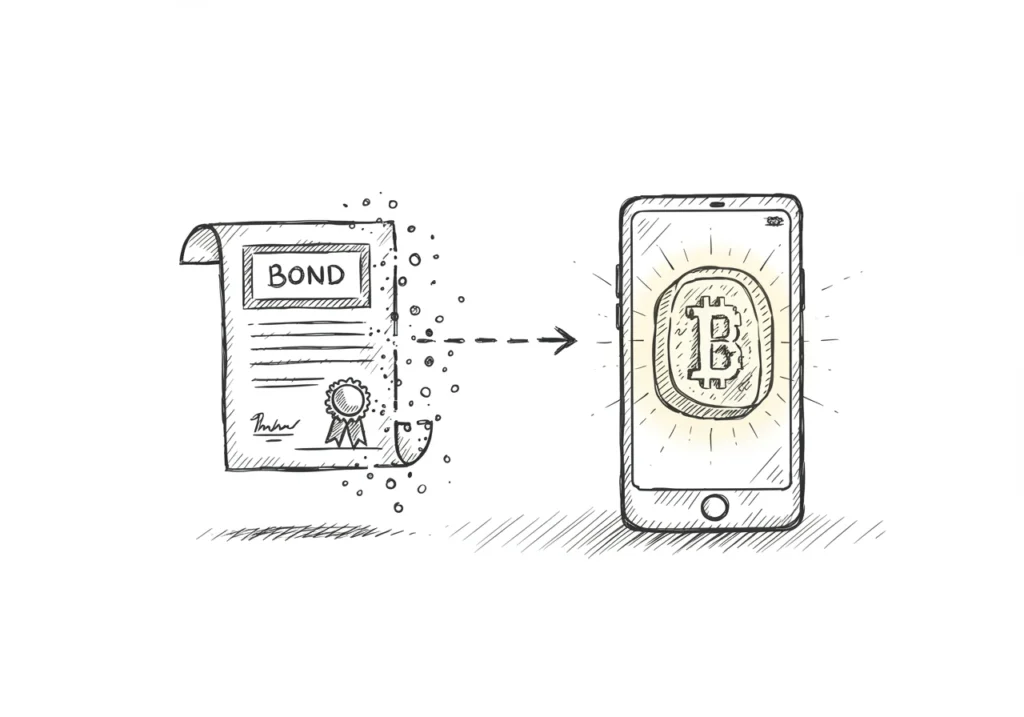
Tokenizing a bond sounds fancy, but it’s simple at heart.
- A bond is a loan you make to a company or government. They promise to pay interest and return your money later.
- Tokenizing means creating a digital token that represents the bond’s value and rights.
- That token sits on a blockchain and can move fast, be split into smaller parts, and be used in DeFi.
Think of it like switching from a paper ticket to a digital ticket on your phone. The ticket still gives you the same right, but now you can move it easily and use it in new ways.
Why tokenize bonds? The upside
People tokenize bonds for a few big reasons.
Liquidity
A bond normally sits until maturity. Tokenization lets owners sell parts of it quickly. That can help small investors join big markets.
Accessibility
Anyone with the right legal clearance and a wallet can access tokenized bonds. That can include people who were previously left out.
Composability
In DeFi, tokens can be connected to many services. A tokenized bond might be used as collateral in a lending app or to back a stablecoin.
Transparency
Blockchain ledgers record movements. With the right systems, people can see where tokens go. That can reduce some traditional opacities.
All of these are attractive. But they change the security picture. Let’s talk about that.
New security challenges that come with tokenized bonds
When bonds become tokens, security shifts from banks and lawyers to code, custodians, and oracles. Each of those has risks.
1. Legal versus technical truth
A token on a blockchain can say someone owns a bond. But the legal right to receive payments may still live in the real world—in a contract or an account at a bank. If the legal backing isn’t clear, the token may not give you the real-world payouts you expect.
2. Custody and proof
Who holds the actual legal claim? Sometimes a custodian—like a trust or bank—holds the legal bond and issues tokens that represent it. If that custodian fails or lies, token holders can be left without legal recourse.
3. Oracle risk
Tokens that promise to pay interest need reliable data: interest rates, payment events, defaults. Oracles pass that real-world data to the blockchain. If an oracle is wrong, the token can behave incorrectly. That can lead to wrong payouts or false liquidations.
4. Smart contract bugs
When tokens plug into DeFi, they rely on smart contracts. Bugs in those contracts can open doors to theft or manipulation. Even well-tested code can have surprises.
5. Liquidity and market risk
A token might be easy to trade on a blockchain, but if the underlying bond is illiquid, price swings can be dramatic. That affects safety for those who use the token as collateral.
6. Regulatory risk
Laws vary by country. A tokenized bond may look legal in one place and problematic in another. Regulators might step in and freeze assets, which hits users suddenly.
How tokenization can also improve security

Not everything about tokenization weakens safety. Properly built systems can make aspects of bonds safer.
Better visibility
Blockchains can show token flows publicly. That can help auditors spot strange patterns fast.
Automated enforcement
Smart contracts can automate payments and distributions. That reduces human error in some processes.
Programmable rights
Tokens can encode rights—like who gets interest or what happens in a default. This clarity can prevent disputes if implemented with legal backing.
Faster settlements
On-chain settlement is fast. That reduces counterparty risk—the chance the other side fails to deliver.
Practical steps to keep tokenized bonds secure
Let’s be practical. If you or your group is thinking about tokenized bonds, here are solid ways to reduce risk.
Legal wrappers and clear ownership
Make sure tokens are backed by clear, enforceable legal agreements. The token should be explicitly defined as a representation of a real claim. Use trusted legal frameworks and document everything.
Reputable custodians and audits
If a custodian holds real assets, choose a well-audited, regulated institution. Independent audits and proof of reserves build trust.
Multiple oracles and checks
Don’t rely on a single oracle. Use multiple data sources and fallback mechanisms. Build sanity checks that notice sudden, unrealistic data changes.
Code audits and bug bounties
Have smart contracts reviewed by top auditors. Run bug bounty programs to catch vulnerabilities early.
Insurance and financial backstops
Consider insurance that covers custodial failure, oracle errors, or contract bugs. Insurance won’t remove risk, but it can reduce losses.
On-chain dispute mechanisms
Create simple, clear dispute steps on-chain that pause actions when a serious mismatch is detected. Then let a legal process resolve deeper issues.
Conservative collateral rules
When tokenized bonds are used as collateral, set conservative loan-to-value ratios. That protects borrowers and lenders during price drops.
Education and clear disclosures
Users should know what the token represents, who the custodian is, and what legal rights they have.
How DeFi platforms can adapt security practices
When DeFi integrates tokenized bonds, platforms should raise their security bar.
- KYC/AML compliance: DeFi platforms that handle tokenized bonds should meet regulatory identity checks.
- Onboarding checks for assets: Platforms must vet the legal right behind each token.
- Separate risk pools: Keep tokenized bond liquidity in separate pools with tailored parameters.
- Governance and emergency tools: Decentralized governance should have safe emergency processes that avoid fast, unilateral decisions.
- Interoperability standards: Adopt common standards for tokenized RWA contracts so integrations are safer and predictable.
A simple example: tokenizing a municipal bond
Imagine a small city issues a bond to build a school. A bank holds the legal documents. A tokenization platform creates tokens representing the bond’s cashflows. Investors worldwide buy tokens. A DeFi lending protocol accepts these tokens as collateral.
Where things can go wrong:
- If the bank misplaces legal documents, token holders might struggle to enforce claims.
- If the oracle wrongly reports a missed payment, the token could be liquidated unfairly.
- If a smart contract used by the lending protocol has a bug, attackers could drain funds.
How to make this safer:
- The bond token comes with a clear legal wrapper and an audited custodian.
- The oracle uses multiple sources and human checks for major events.
- Smart contracts are audited and the lending protocol limits exposure to bond tokens.
With these measures, tokenized municipal bonds can work in DeFi with reasonable safety.
The path forward: standards, collaboration, and patience
Tokenizing bonds and other Real World Assets is a promising idea. But success requires cross-field cooperation. Lawyers, banks, developers, oracles, insurers, and regulators must work together. Standards need to emerge so tokens behave predictably across platforms.
It also requires patience. New systems need time to prove themselves. Early projects should start small, with clear legal backing and careful risk controls. Over time, well-run projects will build trust and larger markets.
My Conclusion
Tokenizing bonds—bringing Real World Assets on-chain—can reshape how capital moves. It opens access, increases speed, and connects old finance with new tools. But it also changes where risk lives. Legal clarity, strong custodians, reliable oracles, audited code, and conservative financial rules are essential. With careful design and cross-industry work, tokenized bonds can add real value to DeFi while keeping safety central.
The change is part technical and part human. It asks us to combine legal care with good engineering and plain talking. When that happens, tokenized bonds can be a bridge between the old and the new—and a safer, more open financial future for many people.
Key takeaways
- Real World Assets are real items represented as tokens on a blockchain.
- Tokenizing bonds increases liquidity, access, and composability.
- New risks include legal backing, custody, oracles, smart contract bugs, and regulation.
- Security improves with legal wrappers, trusted custodians, multiple oracles, and audits.
- DeFi platforms should adopt conservative collateral rules and strong onboarding checks.
- Cross-industry collaboration and clear standards are essential for safe growth.
FAQ
Q: Are tokenized bonds legal?
A: They can be, but legality depends on the jurisdiction and the quality of the legal documents backing the token. Always check legal guarantees and local rules.
Q: Can I lose my token and still have the bond?
A: If the token truly represents legal ownership and that legal claim is held safely, you may have recourse. But if the token has no robust legal backing, losing the token could mean losing access.
Q: What is an oracle and why is it important?
A: An oracle feeds real-world information (like payments or defaults) to the blockchain. Accurate oracles are critical for correct token behavior.
Q: Should small investors use tokenized bonds?
A: They can offer access, but investors should understand the legal backing, custody arrangements, oracle setup, and platform risks before participating.
Q: How can DeFi platforms reduce risk when accepting RWAs?
A: Use strict onboarding, legal checks, conservative financial rules, audited contracts, multi-oracle systems, and insurance where possible.

Hello, I’m Edmilson Dias, founder of CoinBringer. I created this platform to guide people through the fast-moving world of cryptocurrency with clarity and safety. With years of research in blockchain and digital security, my goal is to translate complex topics into practical knowledge, offering reliable tutorials, safety insights, and guidance for both newcomers and experienced users.
Discover more from CoinBringer
Subscribe to get the latest posts sent to your email.

